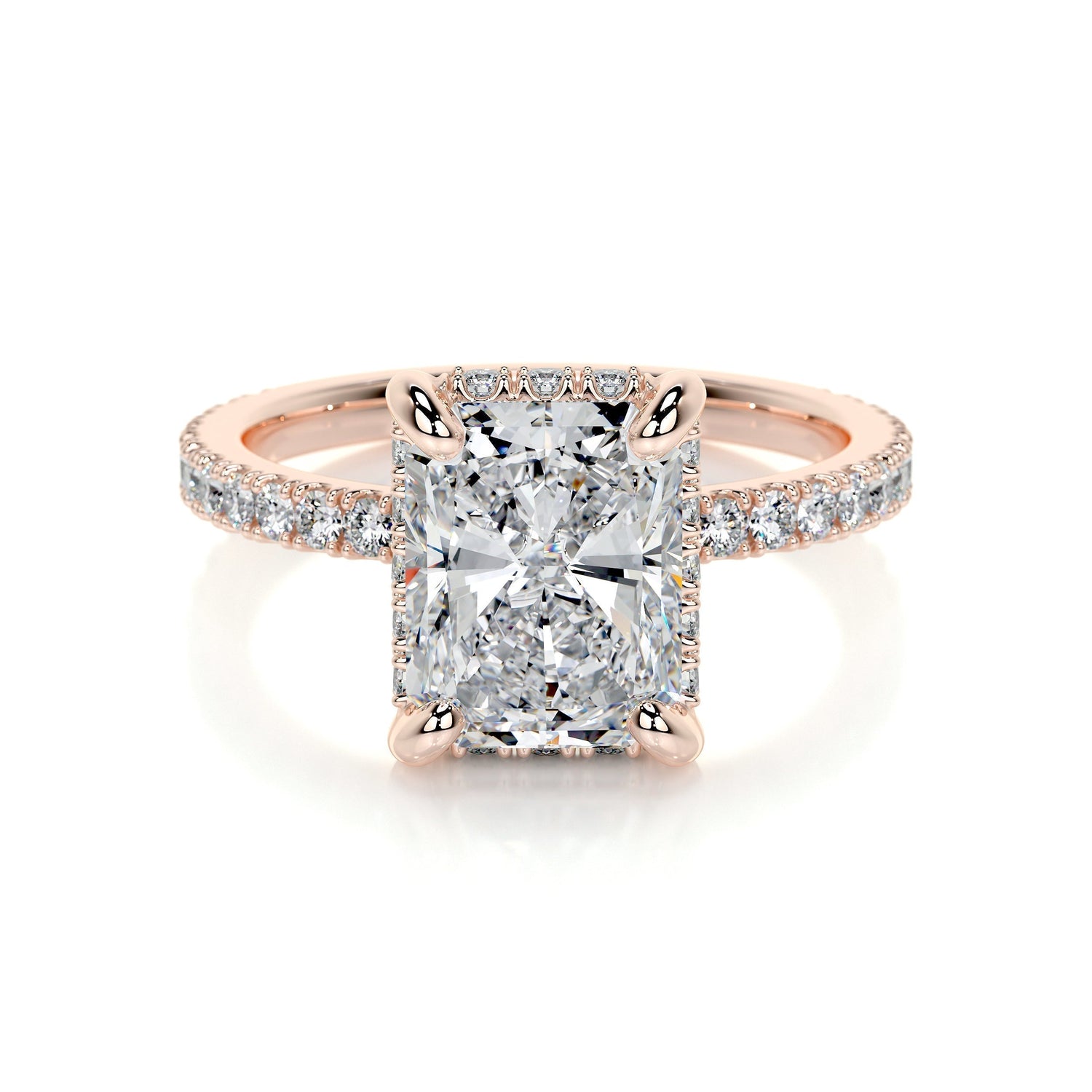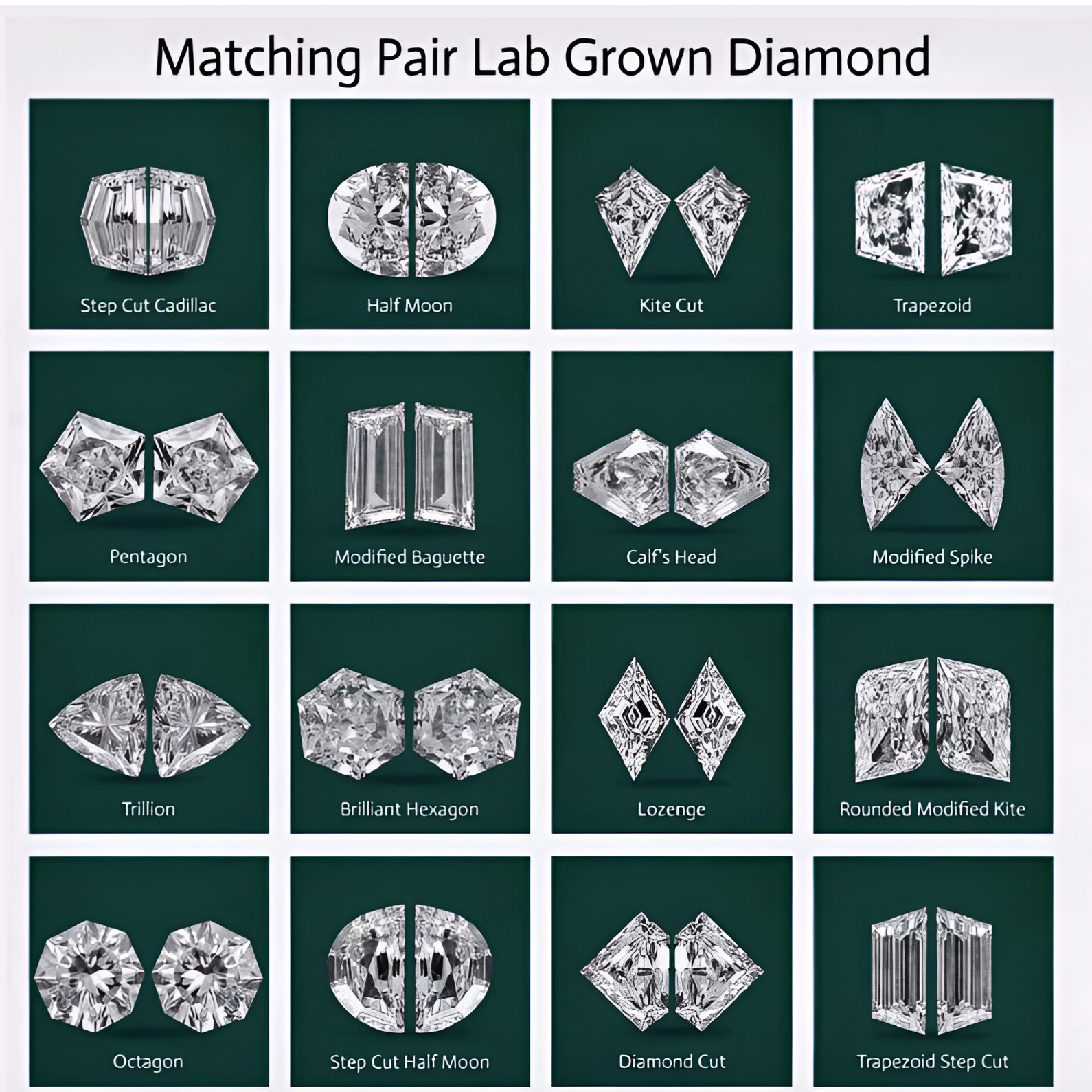
Lab Grown Diamonds FAQs
What is a Lab Diamond?
A Lab Diamond is a real diamond. It’s chemically, physically, and optically identical to a mined diamond. The only difference is origin.
Are Lab Diamonds real diamonds?
Yes. They have the same atomic structure, brilliance, and hardness as mined diamonds.
How are Lab Diamonds made?
They’re created using HPHT (High Pressure High Temperature) or CVD (Chemical Vapor Deposition), replicating the conditions under which natural diamonds form.
How long does it take to grow a diamond?
About 6 to 12 weeks to reach gem quality.
Can you tell the difference between a Lab Diamond and a mined diamond?
No. Even jewelers can’t tell without advanced lab instruments.
Do Lab Diamonds last forever?
Yes. They’re as durable as mined diamonds and will last for generations.
Do Lab Diamonds have inclusions?
Yes. Like natural diamonds, they can have inclusions and are clarity graded the same way.
Do Lab Diamonds sparkle as much as mined diamonds?
Yes. Sparkle depends on cut quality, not origin.
Can Lab Diamonds be colorless?
Yes. They can be completely colorless (D–F color range).
Are Lab Diamonds available in different shapes?
Yes. Round, oval, cushion, emerald, radiant, pear, and more.
Do Lab Diamonds come in different sizes?
Yes. From small accent stones to large center diamonds.
Will a Lab Diamond fade or lose brilliance over time?
No. They remain just as brilliant with normal care.
Are Lab Diamonds ethical?
Yes. They avoid mining-related damage, land disturbance, and unethical sourcing.
Do Lab Diamonds reduce environmental impact?
Yes. They require far less land and water and don’t involve open-pit mines.
Are Lab Diamonds conflict-free?
Yes. They’re grown in controlled facilities, not conflict zones.
How much do Lab Diamonds cost compared to mined?
Usually 70–80% less for comparable size and quality.
Why are Lab Diamonds less expensive?
The cost savings come from efficient production not lower quality.
Does a lower price mean lower quality?
No. Quality depends on cut, color, clarity, and carat, not origin.
Can Lab Diamonds be insured?
Yes. They can be insured and appraised like mined diamonds.
Can a jeweler resize or repair a Lab Diamond ring?
Yes. They can be set, resized, or repaired exactly like natural diamonds.
Do Lab Diamonds pass a diamond tester?
Yes. Standard diamond testers identify them as diamonds.
What about resale or trade-in value?
Resale is generally lower than mined diamonds, though some jewelers offer upgrades.
GIA vs IGI — which certification is better?
Both are respected. Choose GIA or IGI with a grading report and laser inscription.
Are Lab Diamonds graded the same as mined?
Yes. GIA and IGI use the same standards for cut, color, clarity, and carat.
Can a jeweler or appraiser identify a Lab Diamond?
Only with specialized lab equipment, not by eye or magnification.
Are fancy-colored Lab Diamonds available?
Yes. They can be grown or treated to produce colors like pink, yellow, and blue.
Is fluorescence common in Lab Diamonds?
It can occur naturally during growth and is listed in the grading report.
Are Lab Diamonds safe in ultrasonic or steam cleaners?
Yes. But always follow the care instructions for the metal and setting.
How do Lab Diamonds compare to moissanite or cubic zirconia?
Lab Diamonds are real diamond; moissanite and CZ are simulants with different optical properties.
Are Lab Diamonds good for engagement rings?
Yes. They’re durable, brilliant, and ideal for daily wear.
Can I upgrade my Lab Diamond later?
Yes. Many jewelers offer upgrade or trade-in programs.
Are Lab Diamonds laser inscribed?
Most certified stones have a microscopic laser inscription for identification.
Do you offer custom Lab Diamond rings?
Yes. Custom Lab Diamond designs are available with timelines from 2–6 weeks.
How should I clean my Lab Diamond ring?
Use warm water, mild soap, and a soft brush. Avoid harsh chemicals.
How is Lab Diamond pricing determined?
Based on cut, color, clarity, carat, and certification.
What is the price of a 3-carat Lab Diamond ring?
Typically $6,000–$9,000, depending on cut and clarity.
What is the average price per carat in 2025?
Around $2,000–$3,000 per carat, depending on quality.
How much is a 3-carat oval Lab Diamond worth?
Usually $6,000–$8,500, compared to $35,000+ for a mined diamond.
Are radiant-cut Lab Diamonds available?
Yes. Radiant cuts are popular in Lab Diamonds too.
How much does a 3-carat radiant Lab Diamond cost?
Between $6,500–$9,000 in 2025.
Are engagement rings with Lab Diamonds popular?
Yes. They’re one of the fastest-growing engagement ring choices.
What ring should you give for an anniversary?
Eternity bands or diamond rings are classic choices.
What is a traditional anniversary ring?
Eternity bands or three-stone rings symbolize lasting love.
What year should you get an anniversary ring?
Commonly given at the 1st, 10th, 25th, or 50th anniversary.
When do people give an eternity ring?
Often at the 10th or 25th anniversary.
Can I design custom Lab Diamond engagement rings?
Yes. FutureJewelry.shop offers design customization and IGI certification.
What makes an elongated cushion cut special?
It offers a vintage look with extra finger coverage.
What’s the best website for Lab Diamonds?
FutureJewelry.shop, Brilliant Earth, and Clean Origin are top-rated.
How do I order custom Lab Diamond rings online?
Choose a jeweler with a 3D ring builder and certified stones.
Why choose a custom Lab Diamond engagement ring?
Personalized, ethical, and more affordable.
What affects Lab Diamond ring price?
Cut, clarity, color, carat, metal, and certification.
Where can I find the best price on Lab Diamonds?
Online retailers often offer better value than in-store.
Are Lab Diamonds safe to buy online?
Yes. Always choose certified, reputable sellers with return policies.
Why buy online instead of in-store?
Better pricing, more options, and transparent certification.
What are the benefits of shopping online?
Full certification, lower cost, and more customization.
Where can I get a custom Lab Diamond ring affordably?
FutureJewelry.shop offers competitive custom pricing.
Are GIA-certified Lab Diamonds better?
Yes. GIA provides consistent, trusted grading.
Should I only buy GIA-certified Lab Diamonds?
Preferably yes, though IGI is also reliable.
Is it true diamonds form under pressure?
Yes. Natural and Lab Diamonds form under high heat and pressure.
How are pressure-made diamonds grown in a lab?
Using HPHT or CVD machines that replicate natural conditions.
What’s the current HPHT diamond price per carat?
Usually $1,500–$3,000 depending on clarity and color.
What is CVD Diamond Inc known for?
Producing loose Lab Diamonds for jewelry and industrial use.
Are Lab Diamond studs a good investment?
Yes. They offer high brilliance and long-term wear value.
What are Lab Diamond bracelets?
Genuine diamond bracelets, usually 30–50% cheaper than mined.
Where can I buy Lab Diamond tennis bracelets?
Online retailers like FutureJewelry.shop and Vrai.
Why are Lab Diamond earrings trending?
They’re ethical, affordable, and identical in brilliance.
How do Lab Diamond hoops compare to mined ones?
Identical in appearance but far more affordable.
Are Lab Diamond necklaces as brilliant as mined ones?
Yes. They share the same sparkle and structure.
Why choose Lab Diamond engagement rings?
They’re ethical, affordable, and just as beautiful.
Where can I find matching Lab Diamond wedding bands?
Most jewelers offer coordinated sets.
What makes Lab Diamond pendants versatile?
They suit both everyday and formal wear, and can be customized.
How are diamonds made naturally?
Carbon crystallizes deep within Earth under immense pressure and heat.
How are Lab Diamonds made step-by-step?
A diamond seed grows layer by layer in a chamber under controlled conditions.
Where are natural diamonds found?
Deep underground or in riverbeds through alluvial mining.
What tools are used in diamond mining?
Heavy machinery, drills, and washing systems.
How are diamonds set in rings?
Secured in metal using prongs, bezels, or channels.
Why are Lab Diamonds becoming so popular?
They’re affordable, eco-friendly, and visually identical to mined diamonds.
Why should I buy Lab Diamonds?
They’re conflict-free, sustainable, and a smarter value.
Are Lab Diamonds worth it long term?
Yes. They hold beauty and durability indefinitely.
Are Lab Diamonds fake?
No. They’re real diamonds created in a controlled lab.
Where to buy certified Lab Diamonds in India?
Certified sellers like FutureJewelry.shop, Limelight, and CaratLane.
What’s the difference between Lab Diamonds and moissanite?
Lab Diamonds are pure carbon; moissanite is silicon carbide, a separate gem.
What’s the resale value of Lab Diamonds vs mined?
Lab Diamonds have lower resale value but the same appearance and quality.
How much cheaper are Lab Diamonds than mined?
Typically 30–70% less expensive.
Where can I find wholesale Lab Diamonds?
Suppliers in Surat, India, or platforms like RapNet and Alibaba.
Can Lab Diamonds be resold or traded in?
Yes, but resale varies by vendor; some offer upgrade options.
Are wholesale Lab Diamonds affordable in 2025?
Yes. Starting around $300–$800 per carat depending on specs.
Who supplies Lab Diamonds for e-commerce?
FutureJewelry.shop, Grown Brilliance, and other B2B vendors.
How to start a Lab Diamond business?
Research suppliers, obtain certifications, and set up an e-commerce storefront.
How to clean Lab Diamonds safely?
Warm water, mild soap, and a soft brush, avoid harsh cleaners.
________
Sources & References
-
Wikipedia – Synthetic Diamond
https://en.wikipedia.org/wiki/Synthetic_diamond -
GIA – About Lab-Grown Diamonds
https://www.gia.edu/gia-about-lab-grown-diamonds -
IGI – Lab-Grown Diamond Certification
https://www.igi.org/lab-grown-diamonds -
Brilliant Earth – Lab-Created Diamonds
https://www.brilliantearth.com/lab-diamonds/ -
CBS News – Lab-Grown Diamonds: The Real Deal
https://www.cbsnews.com/news/lab-grown-diamonds-real-deal-affordable-alternative/ -
Clean Origin – Understanding Lab-Created Diamonds
https://www.cleanorigin.com/education/lab-created-diamonds/ -
De Beers – What Are Laboratory-Grown Diamonds?
https://www.debeersgroup.com/sustainability/laboratory-grown-diamonds -
National Jeweler – Growth of Lab-Grown Diamonds
https://nationaljeweler.com/articles/ -
Forbes – Are Lab Diamonds the Future of Jewelry?
https://www.forbes.com/sites/forbesbusinesscouncil/ -
IGDA (International Grown Diamond Association)
https://theigda.org/
Credit note:
Information verified using GIA, IGI, and Wikipedia public data sources. All Lab Diamond details reflect 2025 grading standards and pricing trends.
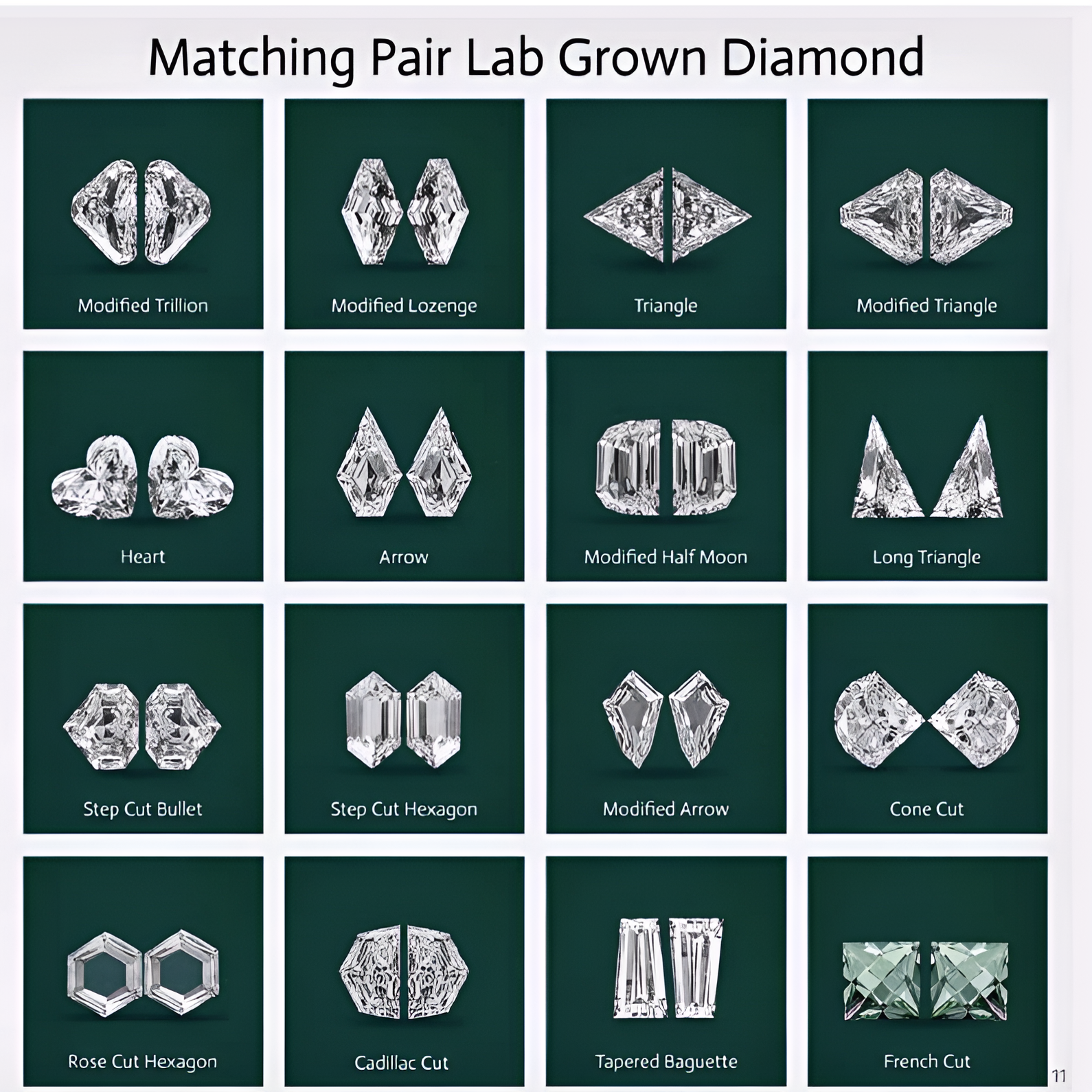
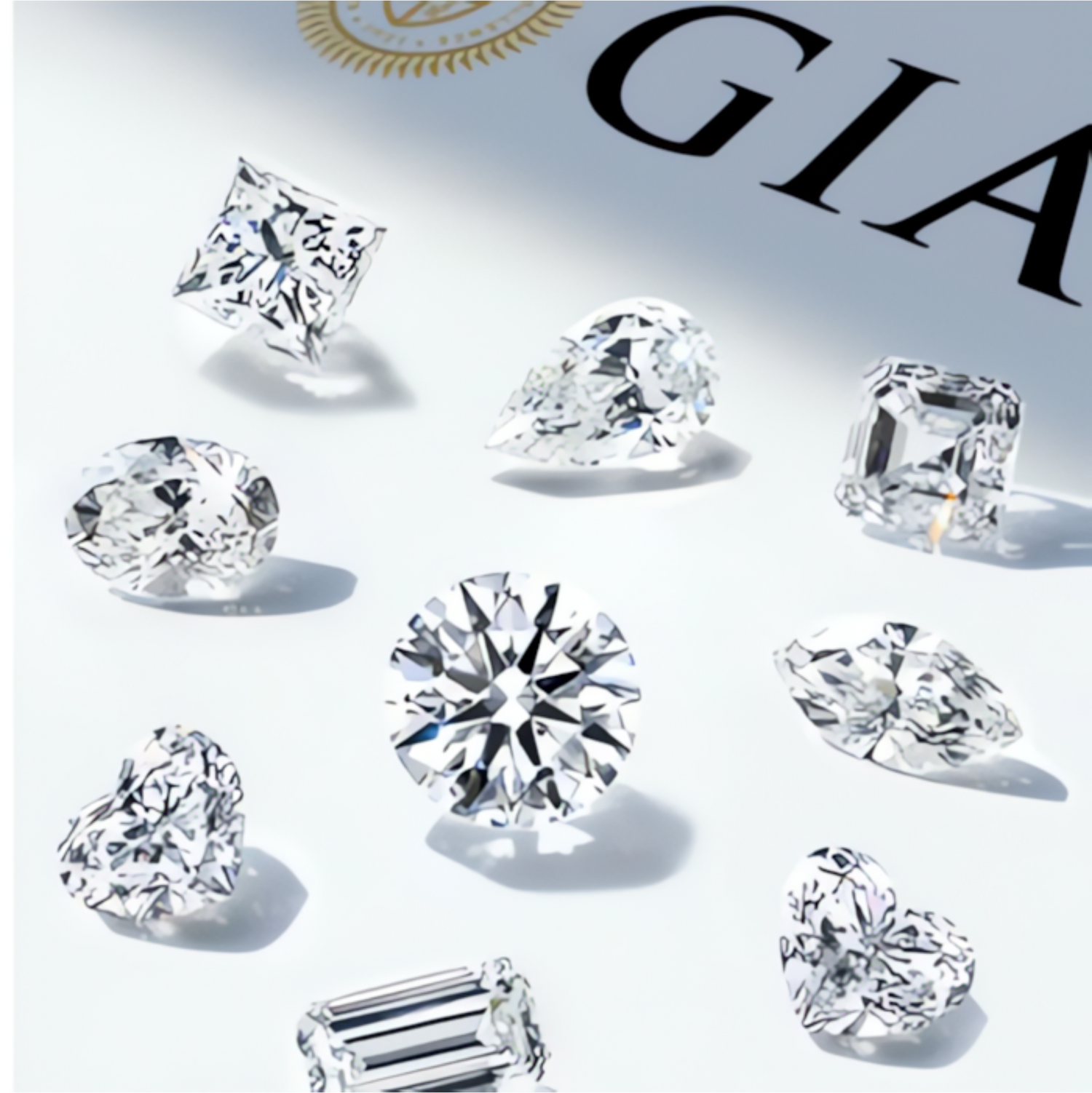
Timeless Elegance, Perfectly Cut
Fancy & Round Diamonds
Whether your business is looking for classic round diamonds or exquisite fancy shapes, we’ve got you covered. Explore our selection of Marquise, Emerald, Oval, Cushion, Pear, Princess, and Asscher-cut diamonds, perfect for creating stunning jewelry pieces. Choose from high-quality loose diamonds that shine with brilliance and precision.
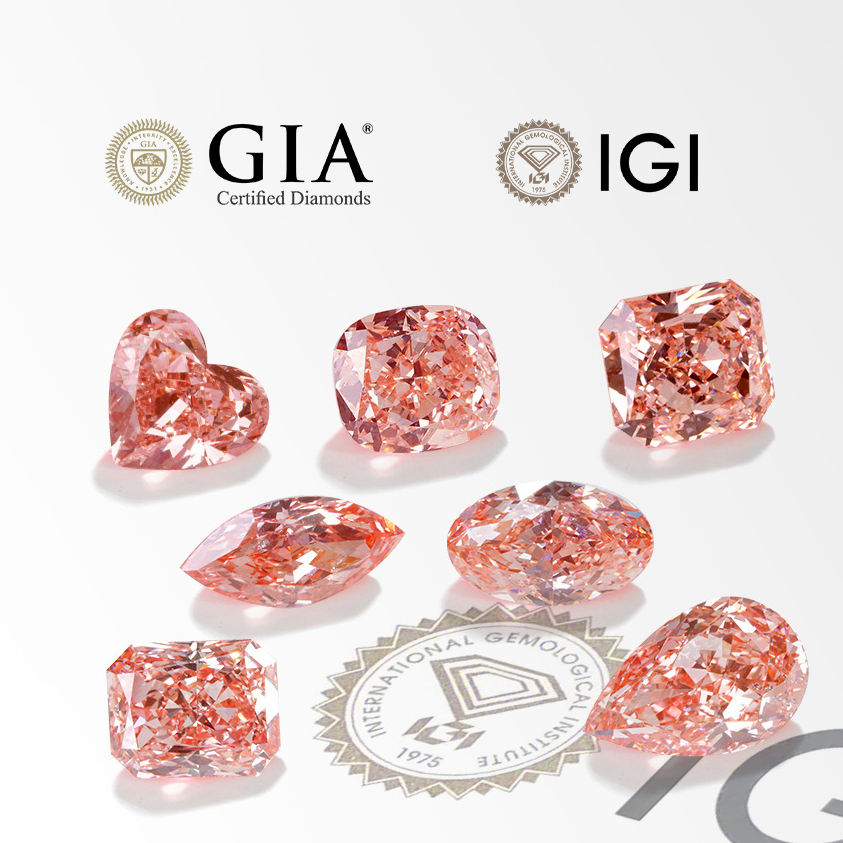
Vibrant Hues, Exceptional Beauty
Colored Diamonds
From stunning pink and yellow diamonds to rare, breathtaking hues, we offer an exquisite collection of colored diamonds. Whether you're searching for a statement piece or a unique touch, we provide a variety of options. Need a specific shade? Let us know, we’ll find the perfect match for you.
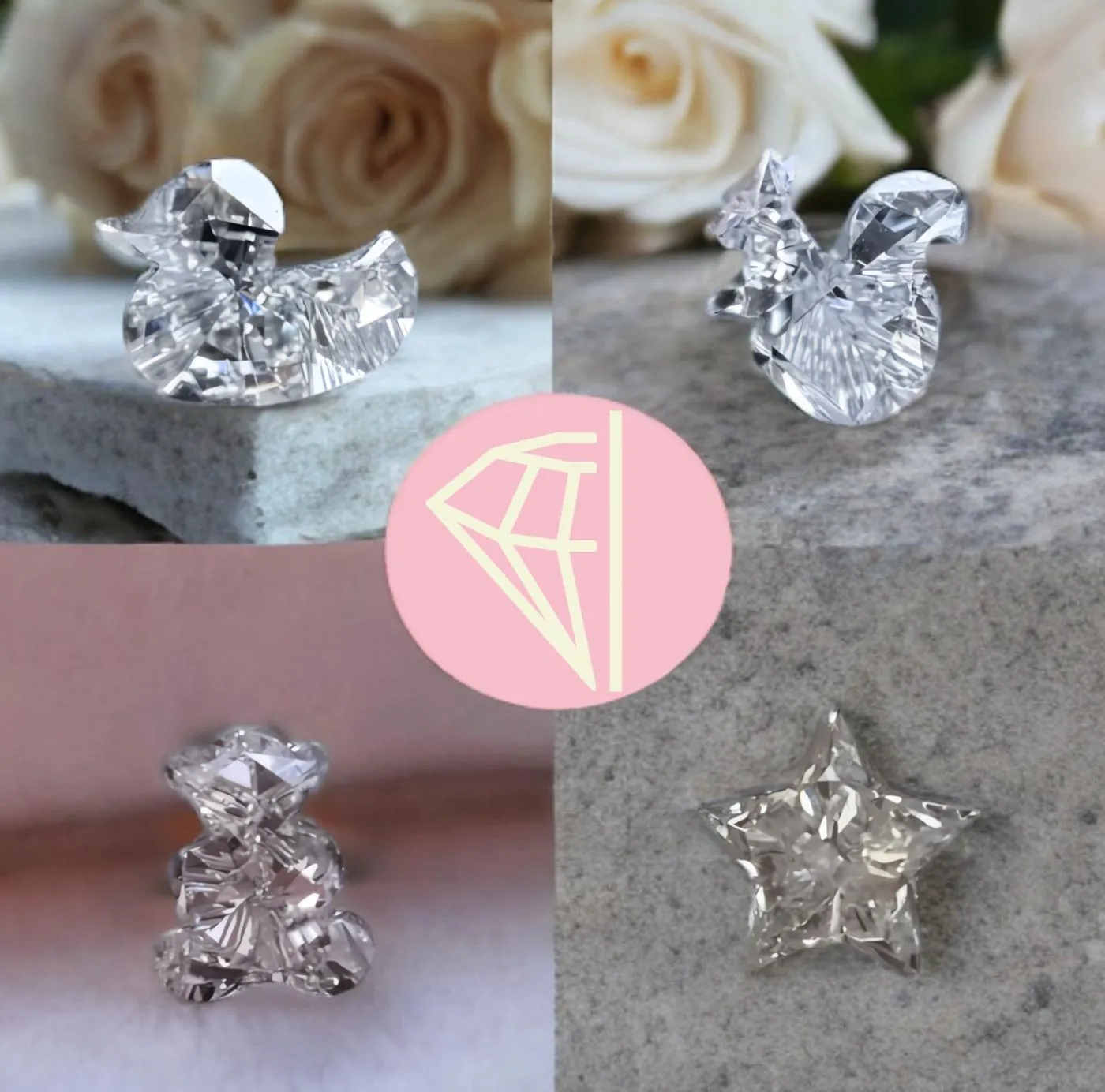
Your Vision, Cut to Perfection
Custom Laser-Cut Diamonds
Looking for something truly one-of-a-kind? We offer custom laser-cut diamonds in any shape imaginable, unicorns, bears, dolphins, elephants, and more. Bring your creativity to life with precision-cut diamonds tailored to your vision. Let us craft the perfect piece for your collection.

This oval cut lab grown diamond ring makes a bold statement in size and sparkle. Set in 14K gold, it’s the perfect fusion of sustainable luxury and timeless beauty — crafted to turn heads.
